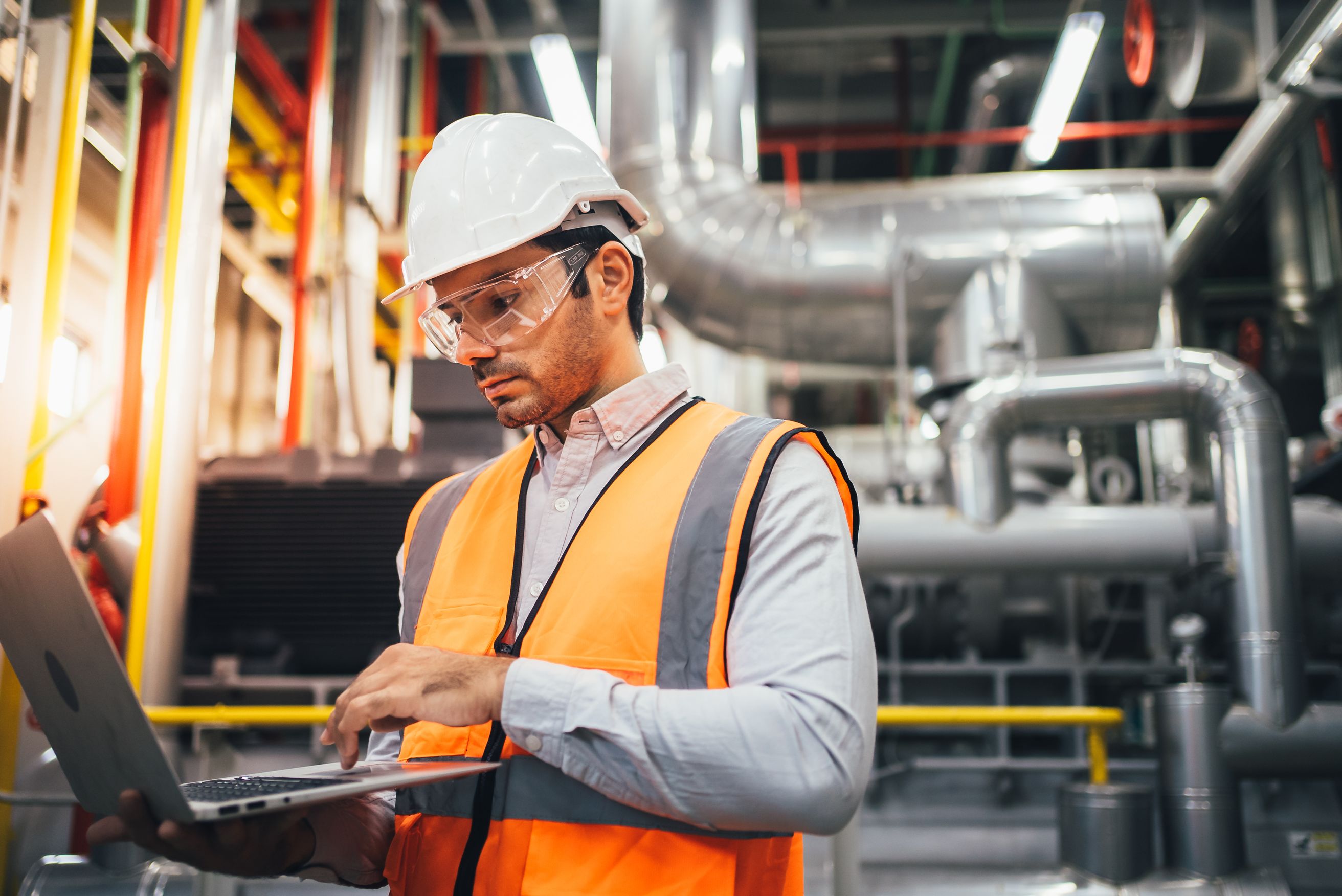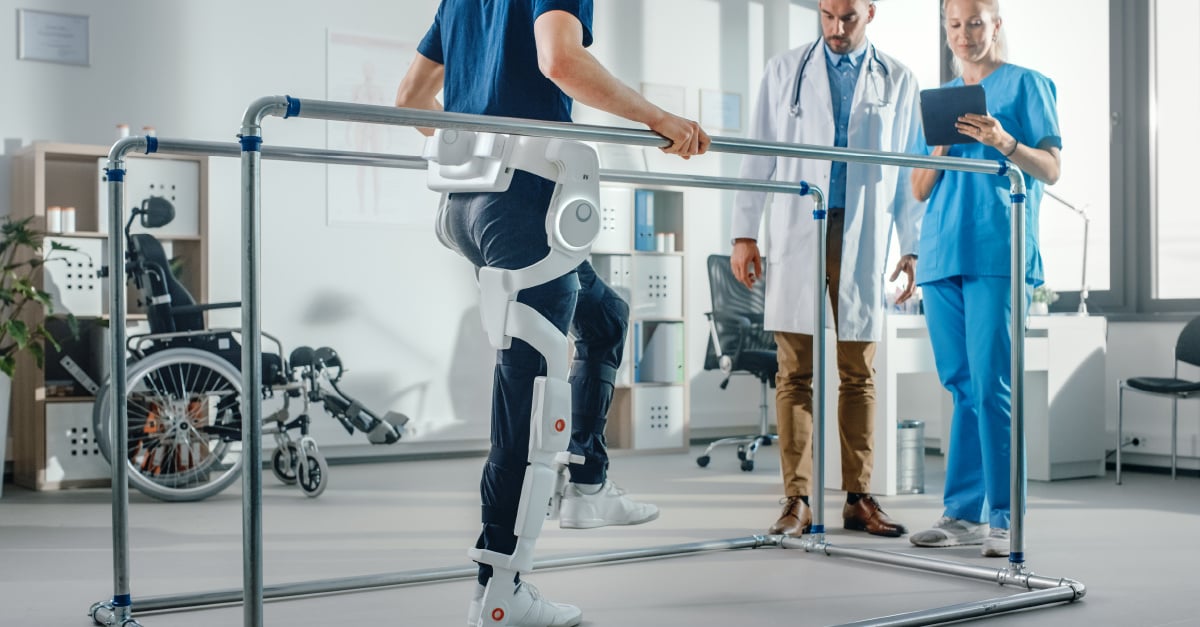Internet of Things (IoT)
Over the past few years, the Internet of Things (IoT) has become one of the most critical technologies of the 21st century. Now that we can connect everyday objects – kitchen appliances, cars, thermostats, baby monitors – to the internet via embedded devices, seamless communication is possible between people, processes and things.

What is Internet of Things (IoT)?
The Internet of Things (IoT) describes the network of physical objects ("smart objects") embedded with sensors, software and other technologies that connect and exchange data with other devices and systems over the internet, perform data analysis, and control each other remotely.
IoT smart objects can range from simple ‘smart home’ devices like smart thermostats, to wearables like smartwatches and RFID-enabled clothing, to complex industrial machinery and transportation systems.
IoT creates a vast network of interconnected devices that can exchange data and perform various tasks autonomously, including:
- Monitoring environmental conditions in farms
- Managing traffic patterns with smart cars and other intelligent automotive devices
- Controlling machines and processes in factories
- Tracking inventory and shipments in warehouses
In an enterprise context, IoT devices monitor parameters such as temperature, humidity, air quality, energy consumption and machine performance. This data can be analysed in real-time to identify patterns, trends and anomalies that can help businesses optimise their operations and improve their bottom line.
IoT technologies
An IoT system has four main components:
- Sensors or devices: The physical objects that are connected to the internet
- Connectivity: The way the devices connect to the cloud
- Data processing: The software that processes the data collected by the devices
- User interface: How the user interacts with the devices
Moreover, various technologies make IoT possible:
- Sensors and actuators: These devices are at the heart of IoT, allowing machines and devices to interact with the physical world. Sensors can detect environmental changes like temperature, humidity, light, motion or pressure. Actuators can cause physical and ecological changes, such as opening or closing a valve or turning on a motor.
- Connectivity technologies: IoT devices must be connected to the internet to transmit data from sensors and actuators to the cloud. Several connectivity technologies are used in IoT, including Wi-Fi, Bluetooth, cellular, Zigbee and LoRaWAN.
- Cloud computing: Vast amounts of IoT devices' data are stored, processed and analysed in the cloud. Cloud computing platforms provide the infrastructure and tools needed to store and analyse this data and build and deploy IoT applications.
- Big data analytics: Businesses use advanced analytics tools to extract insights and identify patterns. These tools can include machine learning algorithms, data visualisation tools and predictive analytics models.
- Security and privacy technologies: Technologies such as encryption, access controls and intrusion detection systems protect IoT devices and the data they generate from cyber threats.
Why is IoT important?
IoT is important for business for several reasons. Here are some of the core benefits of IoT:
Improved efficiency
Businesses can improve efficiency and productivity by automating and optimising IoT device processes. For example, IoT sensors can monitor equipment performance and detect or even resolve potential issues before they cause downtime, reducing maintenance costs and improving uptime.
Data-driven decision-making
IoT devices generate vast amounts of data that can be used to make better-informed business decisions and develop new business models. By analysing this data, businesses can gain insights into customer behaviour, market trends and operational performance, allowing them to make more informed decisions about strategy, product development and resource allocation.
Cost-savings
By reducing manual processes and automating repetitive tasks, IoT can help businesses reduce costs and improve profitability. For example, IoT devices can monitor energy usage and optimise consumption, reducing energy costs and improving sustainability.
Enhanced customer experience
By using IoT technology to gather data about customer behaviour, businesses can create more personalised and engaging experiences for their customers. For example, retailers can use IoT sensors to track customer movements in stores and deliver personalised offers based on their behaviour.
Accelerate innovation
IoT gives businesses access to advanced analytics that uncover new opportunities. For example, companies can create highly targeted advertising campaigns by collecting customer behaviour data.
Turn data into insights and actions with AI and ML
Historical data and trends can be used to predict future outcomes. For example, warranty information can be paired with IoT-collected data to predict maintenance incidents. This can be used to provide customer service and build customer loyalty proactively.
Increase security
Continuous digital and physical infrastructure monitoring can optimise performance, improve efficiency, and reduce safety risks. For example, data collected from an on-site monitor can be combined with hardware and firmware version data to schedule system updates automatically.
Scale differentiated solutions
IoT technologies can be deployed in a customer-focused way to increase satisfaction. For example, trending products can be restocked promptly to avoid shortages.
IoT applications
IoT has a wide range of applications across industries:
IoT in healthcare
IoT devices can monitor patients remotely and collect real-time data on their vital signs, such as heart rate, blood pressure and oxygen saturation. This sensor data can be analysed to detect patterns and identify potential health issues before they become more serious. IoT devices can also track medical equipment, manage inventory and monitor medication compliance.
IoT in manufacturing
Industrial IoT devices can be used in manufacturing to monitor machine performance, detect equipment failures and optimise production processes. They can also track inventory, manage supply chains and monitor the quality of finished products.
IoT in retail
IoT devices can track customer behaviour, monitor inventory levels and optimise store layouts. They can monitor supply chains, track shipments and manage inventory levels.
IoT in agriculture
IoT devices can be used in agriculture to monitor soil conditions, weather patterns and crop growth. They can also monitor livestock health, track equipment and manage supply chains.
IoT in transportation
IoT devices can monitor vehicle performance, optimise routes and track shipments. They can also monitor cargo condition, ensuring it arrives at its destination in optimal condition.
Examples of IoT
Let’s look at some examples of IoT systems in use today:
Connected cars
Cars can be connected to the internet through intelligent dashcams, infotainment systems or the vehicle's connected gateway. These devices collect data from the accelerator, brakes, speedometer, odometer, wheels and fuel tanks to monitor driver performance and vehicle health.
Connected cars have a range of uses:
- Monitoring rental car fleets to increase fuel efficiency and reduce costs.
- Helping parents track the driving behaviour of their children.
- Notifying friends and family automatically in case of a car crash.
- Predicting and preventing vehicle maintenance needs.
Connected homes
Smart home devices are mainly focused on improving the efficiency and safety of the house, as well as improving home networking. Smart outlets monitor electricity usage and smart thermostats provide better temperature control. Hydroponic systems can use IoT sensors to manage the garden, while IoT smoke detectors can detect tobacco smoke. Home security systems like door locks, security cameras and water leak detectors can detect and prevent threats and alert homeowners.
Connected devices for the home can be used for:
- Automatically turning off devices not being used
- Rental property management and maintenance
- Finding misplaced items like keys or wallets
- Automating daily tasks like vacuuming, making coffee, etc.
Smart cities
IoT applications have made urban planning and infrastructure maintenance more efficient. Governments are using IoT applications to tackle problems in infrastructure, health and the environment. IoT applications can be used for:
- Measuring air quality and radiation levels
- Reducing energy bills with smart lighting systems
- Detecting maintenance needs for critical infrastructures such as streets, bridges and pipelines
- Increasing profits through efficient parking management.
Smart buildings
College campuses and commercial buildings use IoT applications to drive greater operational efficiencies. IoT devices can be used in smart buildings for:
- Reducing energy consumption
- Lowering maintenance costs
- Utilising workspaces more efficiently.
The future of IoT
The number of IoT devices is expected to grow rapidly, with estimates suggesting that tens of billions will be used over the next few years. This growth will be driven by increased adoption across industries and the development of new use cases and applications.
Edge computing is becoming increasingly important for IoT, as it allows data to be processed and analysed closer to the data source rather than in a centralised data centre. This can improve response times and reduce latency and the amount of data that needs to be transferred over IoT networks.
Additionally, AI and machine learning can be used to analyse vast amounts of data generated by IoT devices and extract meaningful insights. This can help businesses make more informed decisions and optimise their operations.
Blockchain technology is being explored to improve security and privacy in the IoT. Blockchain can be used to create secure, decentralised networks for IoT devices, which can minimise data security vulnerabilities.
Lastly, sustainability is becoming increasingly important as businesses seek ways to reduce their environmental impact. IoT can optimise energy usage, reduce waste and improve sustainability across various industries.
The potential applications of IoT are vast and varied, and its impact is already being felt across a wide range of industries. As the number of internet-connected technology solutions continues to grow, IoT will play an increasingly important role in shaping our world and transforming how we live, work and interact with each other.
Further reading
Check out these resources to learn more about Internet of Things and its role in people-centric innovation.
.jpg)


